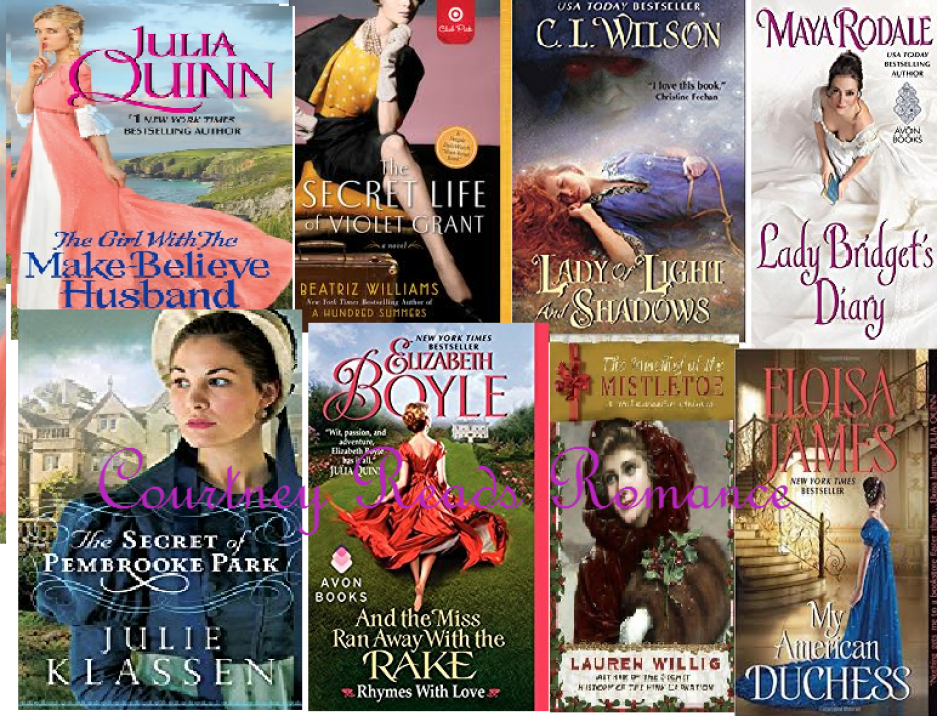Delamere, Jennifer. A Bride for the Season. New York: Forever, 2014. ISBN-13: 978-1-4555-1891-3. Print List Price: $8.00.
4.5 stars
James is probably one of my favorite characters from this series, and I couldn’t wait for it to be his turn to find romance, and even without looking ahead to the blurbs, Delamere makes it very obvious from book one that she has something in the works for him and Lucinda, even if they don’t know it yet.
Upon getting to know James, my fondness for him did not diminish, though I was surprised given his happy-go-lucky, and often immature, demeanor, to find out that he confirms his age to be thirty-seven (he indicates he was born in July 1816, and the story begins in July 1853).
I wasn’t sure what to expect from Lucinda, but I quickly came to identify with her, due to her awkwardness in society and her love of books and concern for the less fortunate. I also love that she and James are able to bond over photography, and reading about the process that went into taking a photograph back then fascinated me.
The bride-swap that occurs at the end was something I expected, almost as soon as James approached Daniel about courting Lucinda, but the way James and Daniel end up confessing their love was a surprise, and a delightful one, as someone who did a bit of Shakespeare in high school. And while I did want to throw Emily off a cliff (or a number of other “accidental” fatalities) I was happy to see it work out the way it did.











